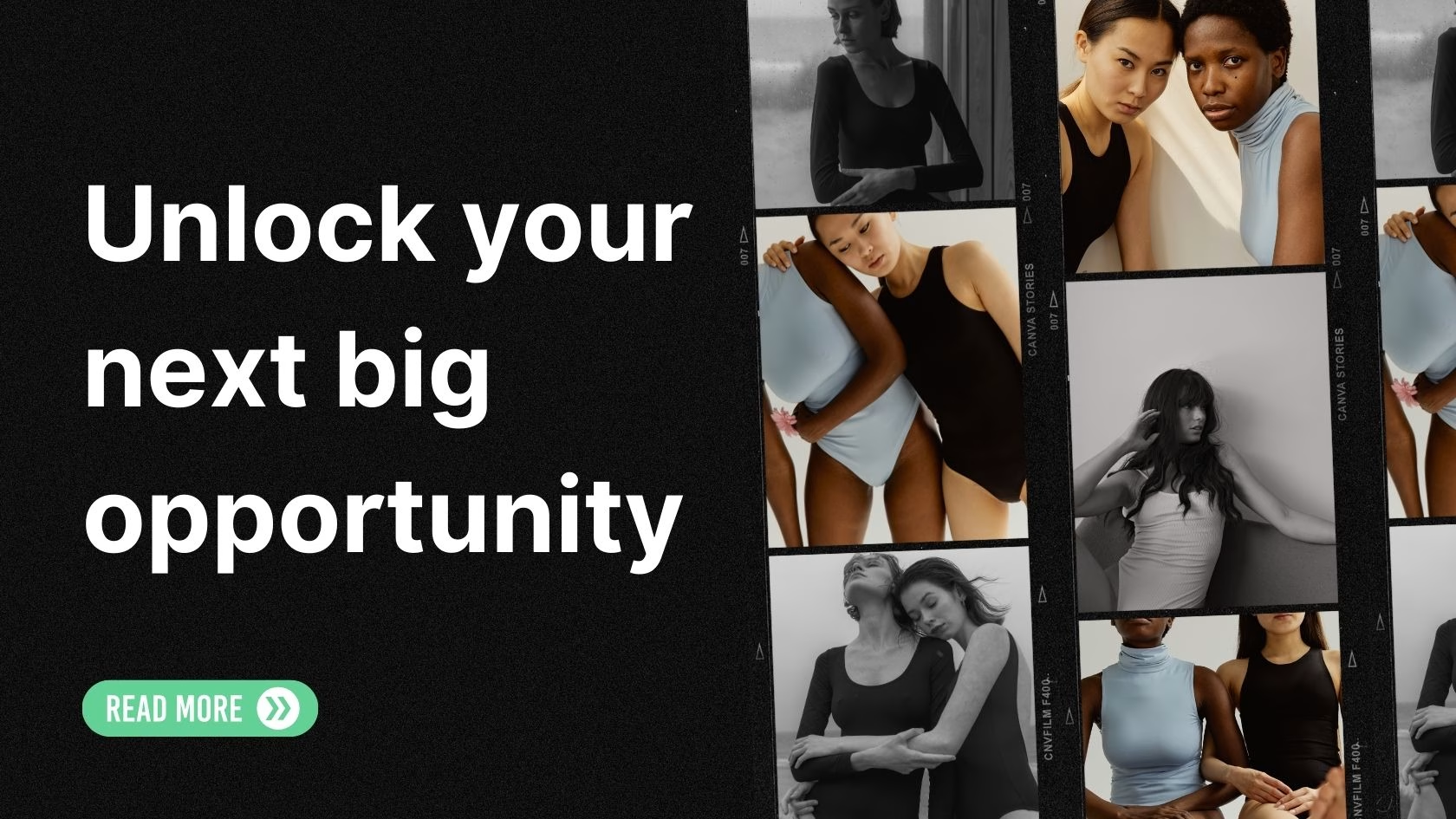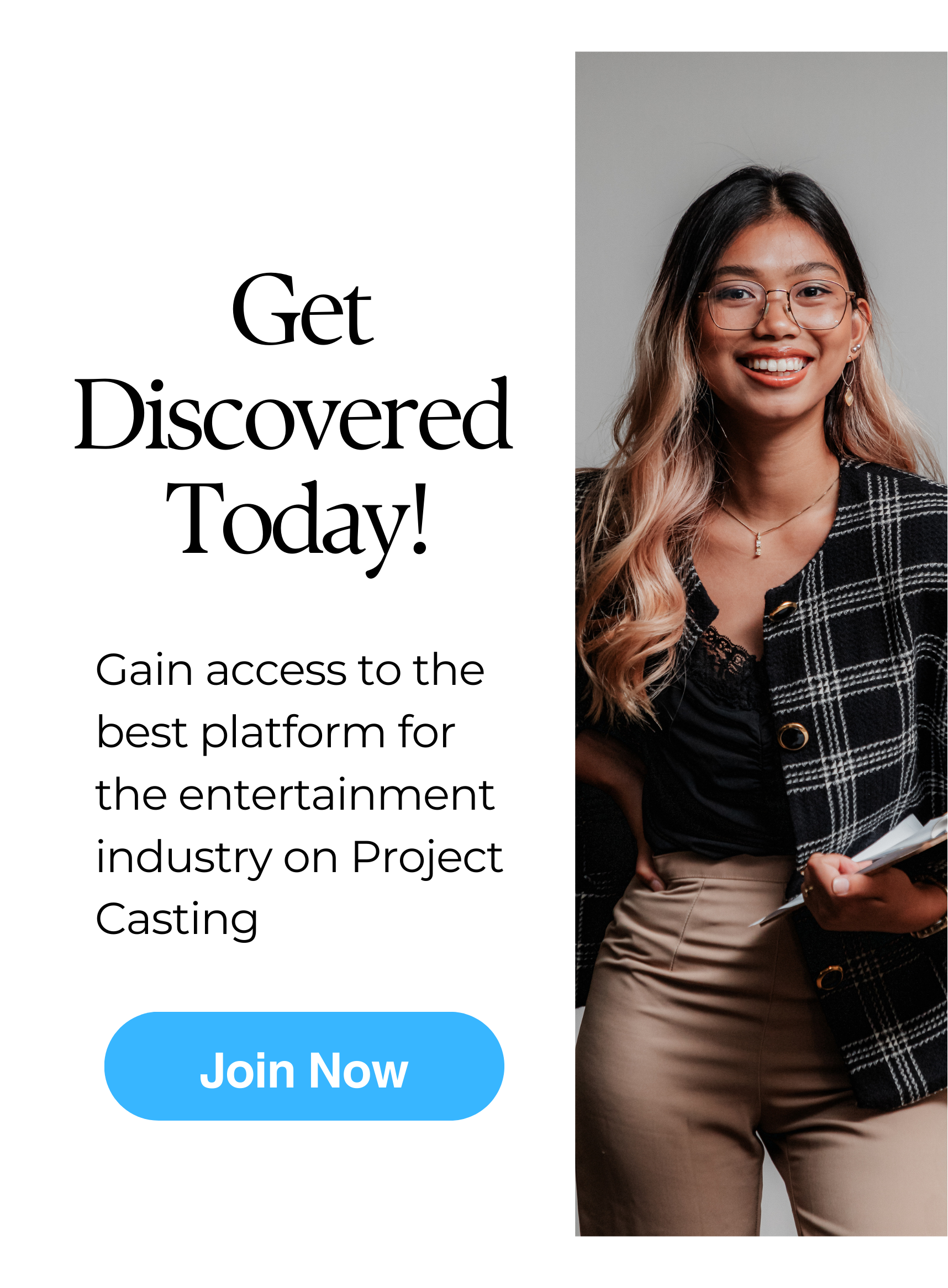Why Everyone’s Talking About Influencer Marketing
If you scroll through Instagram, TikTok, or YouTube lately, you have already seen a product shoutout, a skincare review, or a “must-have” recommendation from someone with a big following. That’s influencer marketing in action.
It’s not just a trend, it’s a strategy. Brands work with digital creators to connect with real audiences in a more authentic and personal way.
Let’s break down what exactly it is, how you do it without wasting time or money, and more importantly, how to be successful at it.
What Is Influencer Marketing?
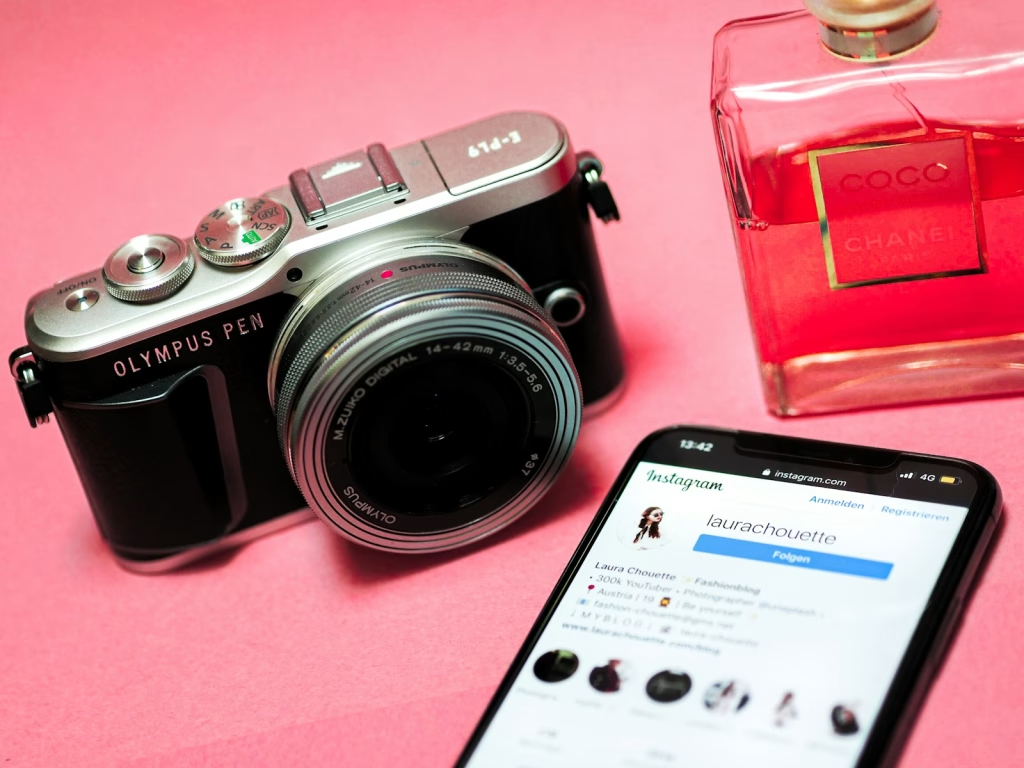
Influencer marketing is when a brand partners with an individual, called an influencer, who will promote products, services, or brand values with his/her community or followers.
It is, in other words, a modern word-of-mouth that gets amplified by social media.
As an example of this, instead of running a billboard ad, nobody looks at, you get a trusted creator recommending your product or service to a loyal audience who listens.
It’s different from traditional marketing because it feels more authentic, it leverages someone else’s community, and it thrives on personal connection.
The Different Types of Influencers
Not all influencers are created equal, and that’s a good thing. You can choose based on your budget, your niche, and your goals.
By follower count:
- Nano Influencers (1K–10K followers): Great for local or niche targeting. Super engaged followers.
- Micro Influencers (10K–100K followers): Strong engagement and growing reach. Affordable and effective.
- Macro Influencers (100K–1M followers): Big audiences, great for national campaigns.
- Mega Influencers/Celebs (1 M+ followers): High visibility. Expensive, powerful but better for major brands.
By niche:
Influencers can be categorized not only by their follower count but also by their specific niches. Understanding these niches helps brands collaborate with influencers whose content aligns with their products or services. Here’s an overview of some prominent influencer niches:
- Fashion Influencers: They specialize in showcasing clothing, accessories, and style trends. They collaborate with brands to promote new collections or fashion lines.
- Fitness Influencers: They focus on health, wellness, and physical fitness. They share workout routines, nutritional advice, and motivational content.
- Beauty Influencers: They provide content related to skincare, makeup, and cosmetic products. They often offer tutorials, product reviews, and beauty tips.
- Tech Influencers: Review and discuss the latest in technology, including gadgets, software, and innovations. They help demystify complex tech topics for the general audience.
- Parenting Influencers: Share their experiences and advice on raising children. They cover topics from pregnancy to child development.
- Food Influencers: They create content around cooking, recipes, and culinary experiences. They might focus on specific cuisines, dietary needs, or cooking techniques.
- Finance Influencers: Provide advice on budgeting, investing, and financial planning. They aim to make financial literacy accessible to a broader audience.
- Travel Influencers: Document their journeys, offering insights into destinations, cultures, and travel tips. They inspire wanderlust and often collaborate with tourism boards and travel brands.
- Business Influencers: Share knowledge on entrepreneurship, leadership, and industry trends. They provide guidance for professionals and aspiring entrepreneurs.
If you understand these niches, brands can better identify and collaborate with influencers whose content and audience align with their marketing objectives.
If you’re looking to connect with influencers in any of these niches, platforms like Project Casting can be valuable resources for finding the right talent for your campaigns.
4. How Influencer Marketing Works
- Starts with setting clear goals because, before you reach out to someone, you need to know what you’re trying to achieve. Are you looking to build brand awareness, drive traffic to your website, increase product sales, or simply create more content to share on your social platforms? Your objective will shape every decision that follows.
- Once your goals are in place, the next step is finding the right influencer. This part requires research. You want to identify people who not only have followers but also have influence. That means their audience trusts them, engages with their content, and actually listens when they make recommendations. Relevance is key. A fitness influencer might not be the best match for a new finance app, even if they have a million followers.
- After identifying potential influencers, it’s time to make contact. This can be through email, social media DMs, or via a platform like Project Casting, where you can post campaigns and let influencers come to you. Once you’ve started the conversation, you’ll negotiate the terms of the collaboration, what kind of content will be created, how many posts, when it will go live, and whether there will be any compensation or affiliate revenue.
What to Work with the Influencer
From there, you’ll work with the influencer to develop the content. This can range from Instagram Reels and TikToks to YouTube videos, blog reviews, or even livestream shoutouts. It’s important to let influencers maintain creative control, they know their audience best. Your role is to make sure your brand is accurately represented and that any required messaging or disclaimers (like #sponsored) are included.
Once the content is live, your campaign is officially rolling, but your work isn’t over. Now it’s time to monitor performance. You’ll want to track things like views, likes, comments, click-throughs, and sales. This helps you see what worked and what didn’t, so you can improve future campaigns.
Example of Influencer Marketing
To give you a practical example, imagine a fitness brand partnering with a micro-influencer who’s known for daily workout videos. Instead of a pushy ad, the influencer casually integrates the brand’s protein shake into their morning routine on camera. Their audience sees it in context, trusts the recommendation, and some decide to give it a try, especially if there’s a promo code involved. That’s influencer marketing in motion: subtle, social, and effective.
5. Benefits of Influencer Marketing
Why are businesses betting big on influencers? The short answer is because it works.
Here’s what you gain:
- Trust & Credibility: Influencers have already built rapport with their audience. When they recommend you, it carries weight.
- Increased Visibility: You get exposure to an audience you may never reach on your own.
- Better Engagement: Influencer content often gets more likes, shares, and comments than traditional ads.
- Higher Conversions: People are more likely to buy when someone they follow vouches for a product.
- Cost-Effectiveness: Especially with nano and micro influencers, the ROI can be excellent compared to other forms of digital advertising.
6. Challenges You Need to Know (And How to Overcome Them)
Like any marketing strategy, influencer marketing comes with its own set of hurdles. But here’s the good news: most of these challenges can be prevented or solved, especially if you use a platform like Project Casting that’s built to support smarter collaborations between brands and talent.
Let’s walk through the biggest roadblocks and how we can help you skip the headaches:
Challenge 1: Fake Followers & Engagement
Not every influencer is as influential as they look. Some accounts inflate their numbers using bots or engagement pods, which means you might pay for reach that doesn’t convert.
How Project Casting helps:
We vet talent and provide access to a curated pool of real, experienced influencers. Whether you’re looking for nano, micro, or macro creators, you’ll find talent with authentic followings who know how to drive real results.
Challenge 2: Finding the Right Influencer
Spending hours scrolling through Instagram or TikTok, hoping to find someone “on brand,d” is exhausting. And even when you do, how do you know they’ll actually deliver?
How Project Casting helps:
Use our platform to post casting calls, influencer opportunities, and brand campaigns. The right talent comes to you, people who are already looking for collaboration opportunities, ready to promote your product with enthusiasm and professionalism. Plus, you can browse talent by niche, region, or experience level.
Challenge 3: Measuring ROI
You launch a campaign, content goes live, but then.. silence. No clear way to know if it worked or what your money actually did.
How Project Casting helps:
We help you connect with creators who are used to working on performance-based campaigns. You can easily set expectations around tracking links, promo codes, and deliverables and we can assist with campaign structure so you’re always set up to measure impact.
Challenge 4: Legal & FTC Compliance
In today’s digital world, transparency matters. Influencers must follow FTC guidelines by disclosing paid partnerships (#ad, #sponsored). If they don’t, it could hurt your brand’s reputation or worse, lead to penalties.
How Project Casting helps:
We make sure influencers in our network understand compliance rules and expectations. With customizable campaign briefs and clear agreements, you can ensure both sides are aligned on what to say and how to say it, keeping your brand safe and professional.
Challenges don’t have to hold you back. With the right support, influencer marketing becomes not just easier but also more profitable, efficient, and scalable.
Ready to stop chasing influencers and start attracting the right ones?
Post your next campaign or casting call today at ProjectCasting.com.
7. How to Choose the Right Influencer for Your Brand
Choosing the right influencer is everything.
Look for:
- Authenticity: Do they sound real, or like a walking ad?
- Engagement rate: Likes and comments matter more than follower count.
- Audience match: Does their audience match your target market?
- Content style: Do they create the kind of content your audience enjoys?
- Consistency: Are they regularly active?
Pick The Right Platform To Work With
Use platforms like:
Project Casting connects brands with content creators, actors, and models for campaigns of all types. It’s not just an influencer platform, it’s a casting network. You can post opportunities, find talent, and manage collaborations in one place. Perfect for campaigns that need a little extra creative edge.

Upfluence gives brands everything they need to find and manage influencers. It has a search engine that allows you to filter creators by niche, engagement rate, audience demographics, and more. Connect you with your eCommerce platform (like Shopify or WooCommerce) and identify influencers who already buy from your store.
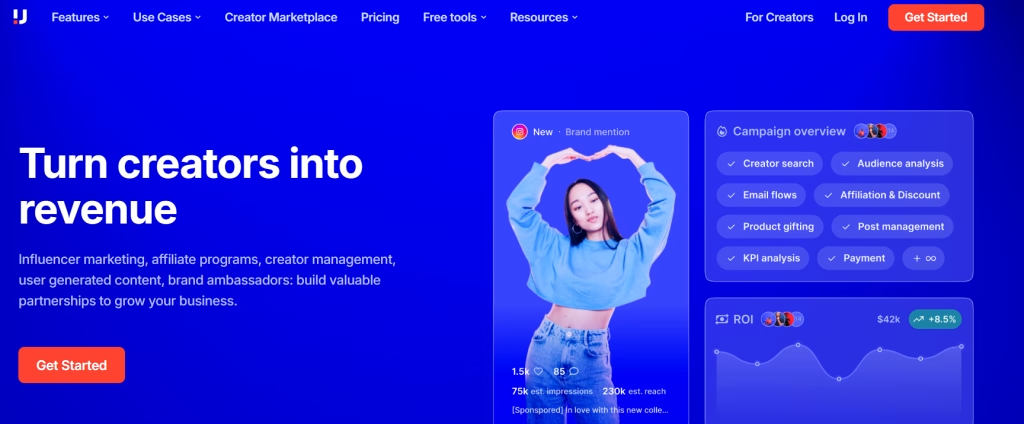
Aspire focuses on helping brands build long-term, authentic relationships with influencers rather than just running one-off campaigns. Aspire is known for its user-friendly interface and robust collaboration tools. It allows you to manage the entire campaign lifecycle from sourcing talent to approving content and tracking ROI. It’s perfect for mid-sized to large brands looking to streamline influencer marketing at scale.
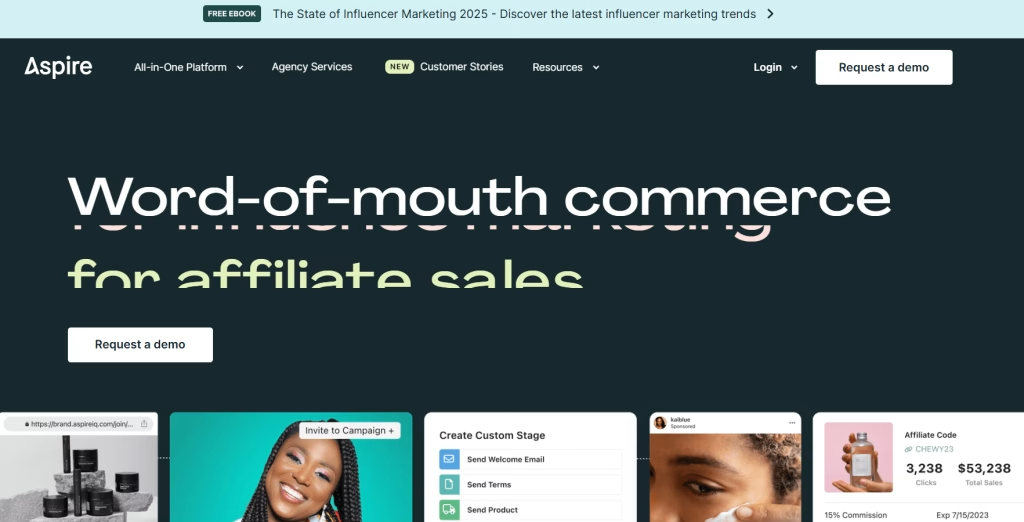
Heepsy is a budget-friendly option that’s great for smaller businesses or those just starting. It offers a database of influencers across platforms like Instagram, YouTube, TikTok, and Twitch. You can filter results based on location, category, audience size, and more. What’s helpful is its built-in fake follower detection, which gives you peace of mind that you’re not investing in inflated numbers.

CreatorIQ is an enterprise-level platform used by some of the biggest brands in the world. Combines influencer discovery, vetting, campaign management, and advanced analytics all in one powerful dashboard. It uses artificial intelligence to suggest top-performing influencers based on your campaign goals and historical data. It is ideal for large teams managing complex campaigns across multiple influencers and platforms. It’s a powerhouse for companies that want detailed data and complete control or good old-fashioned research on social platforms.
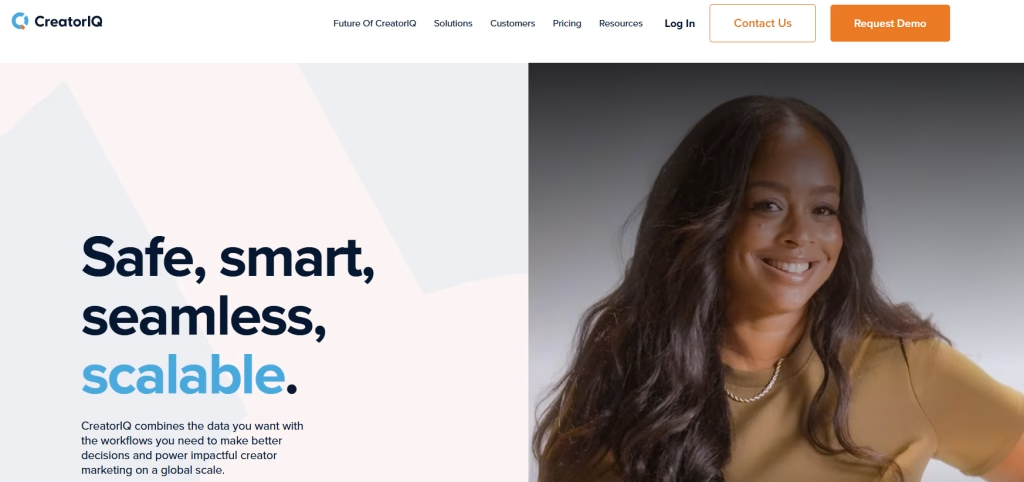
This is just a short list of the many influencer platforms out there, but you can learn more about other platforms in the market.
8. Tracking and Measuring Success
Don’t just guess, track your results.
Key metrics:
- Reach and impressions
- Engagement (likes, comments, shares)
- Website traffic
- Promo code usage
- Sales and conversions
Tools that help:
- Google Analytics is the go-to tool for tracking website performance. It tells you where your traffic is coming from, what people do once they land on your site, and how well your marketing campaigns are converting. When it comes to influencer marketing, Google Analytics becomes especially powerful if you use tracking links (UTMs) to measure the exact impact of each influencer. You can see whether someone visited your site from a YouTube video, an Instagram Story, or a TikTok post, and what actions they took next.
- UTM links, often created using Google’s Campaign URL Builder, are custom links that let you add specific tracking codes to any URL. When someone clicks a UTM-enabled link shared by an influencer, you can see exactly where they came from in Google Analytics. This is incredibly useful when running multiple campaigns at once or working with several influencers. It removes guesswork and helps you see which partnerships drive results.
- Shopify or eCommerce dashboards, along with other eCommerce dashboards like WooCommerce or BigCommerce, give you insight into what happens once someone visits your store. You can track product views, cart activity, purchases, and revenue. When combined with promo codes or affiliate links provided to each influencer, these analytics give you a clear picture of ROI. If you’re selling physical or digital products online, this is one of the most reliable ways to track the success of your influencer campaigns.
- Influencer marketing platforms with reporting features (like Aspire, Upfluence, and CreatorIQ) make it easier to track all your key metrics like reach, impressions, engagement, and conversions from one place. These platforms automate the reporting process, saving you from juggling spreadsheets and screenshots. For businesses running ongoing influencer partnerships, this kind of centralized data is invaluable for tweaking strategy and showing results to team members or clients.
9. Real Examples of Successful Influencer Campaigns
1. Glossier (Beauty)
Built an empire using everyday customers as nano influencers. Their “real people” approach created viral buzz.
If you’re inspired and want to explore opportunities in this space, check out beauty influencer and skincare brand collaboration jobs on Project Casting, where you´ll find roles related to beauty reviews, brand sponsorships, or content creator partnerships in the wellness space.
2. HelloFresh (Food Delivery)
Partnered with micro and macro influencers across YouTube and Instagram to show off meals in action.
3. Canva (B2B Tools)
Collaborated with creators on TikTok and Instagram to create quick, value-packed design tips, driving massive signups.
10. Tips to Succeed With Influencer Marketing
Want to make it work? Follow these practical tips:
- Be crystal clear about your goals: Are you after brand awareness, sales, or content creation?
- Focus on fit, not fame: A smaller influencer with the right audience is better than a celebrity with random followers.
- Give creative freedom: Influencers know what works with their audience, don’t micromanage them.
- Think long-term: One-off posts are okay, but real magic happens in ongoing partnerships.
- Engage with their content too: Comment, share, and show appreciation; it builds real relationships.
11. Is Influencer Marketing Right for You?
It depends, but in most cases, yes.
- Are you launching a new product?
- Trying to build brand awareness?
- Looking for authentic content?
Then influencer marketing is worth exploring.
Even if you’re a small business, a few strong partnerships with local or niche influencers can drive real results.
12. All You Need Is Start Small, Think Big
You don’t need a massive budget or celebrity connections to get started with influencer marketing. All you need is a clear goal, a good product, and the right person to talk to about it.
Start small. Experiment. Track what works. And most of all, treat it like a partnership, not just a transaction.
Influencer marketing isn’t just the future, it’s now. And it’s never been more accessible.
Ready to Book Your Next Big Gig?
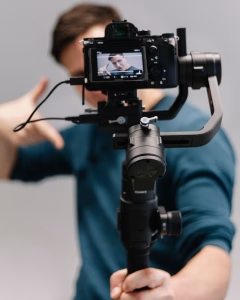
It doesn’t matter if you’re just getting started or looking for your next big break, Project Casting has you covered. Sign up for free and check out the latest casting calls updated daily. If you want to get noticed, browse top talent agencies to see who’s hiring. You can also connect with other pros in the industry. Start putting yourself out there. The opportunity you’re looking for could be one click away.

